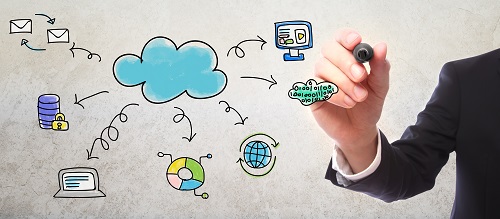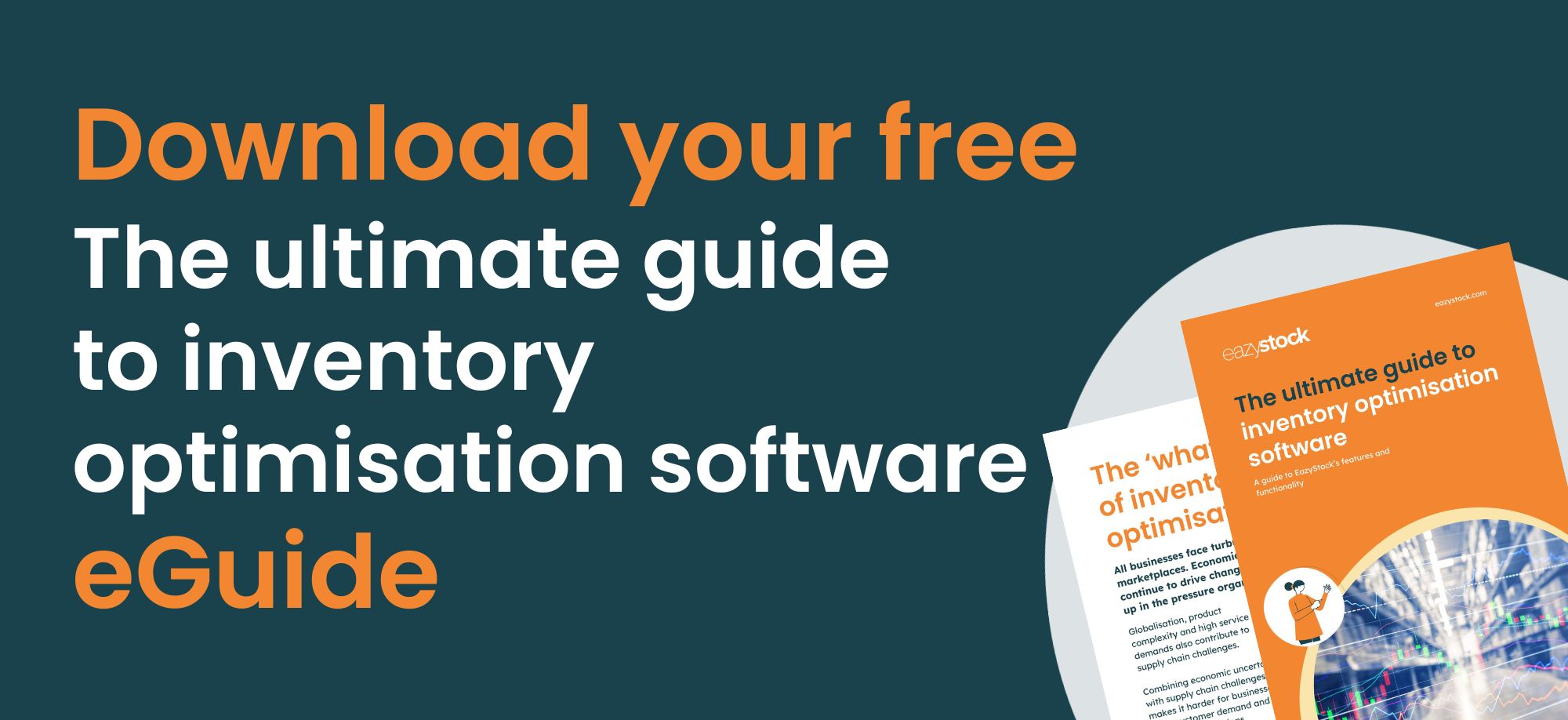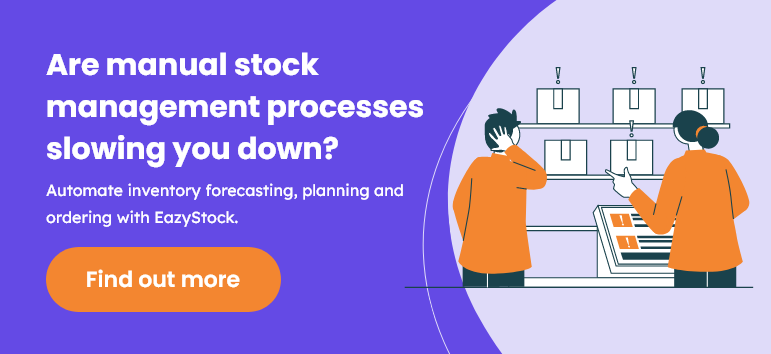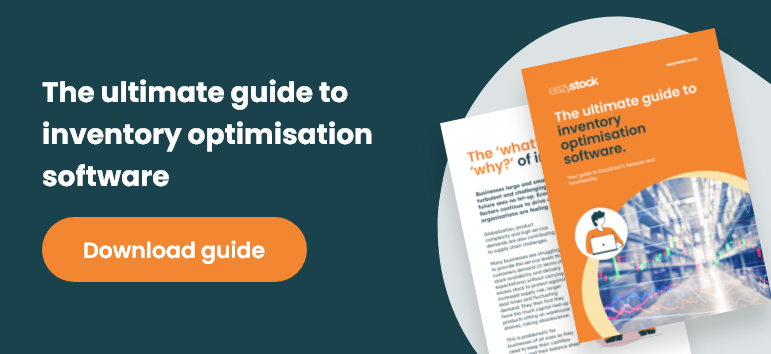The pros and cons of an ERP upgrade versus an ERP replacement
Do you upgrade or replace your ERP software?
Many enterprise resource planning (ERP) platforms are the backbone of business operations and business intelligence, with tasks such as purchasing, logistics, accounting, service delivery and customer management all managed from this one central system.
But like all software solutions, ERPs can be outgrown by their organisation and gaps in functionality can begin to appear.
In such situations, business owners/managers need to decide whether to upgrade and add on to their existing ERP, or simply replace it and start again.
We often meet clients in this predicament and have seen first-hand the pros and cons of both options. In this blog post, we’ll share our findings and help you decide whether to replace or upgrade your current ERP system.
Benefits of upgrading your ERP system
When evaluating whether you need a new ERP, it’s commonplace to take time to review your current systems and scope out your future needs. It then makes sense to look at your current ERP provider and investigate their most up-to-date offering.
Just because your ERP lacks the functionality you require in its current form doesn’t mean that the upgrade will be the same. ERP systems have come a long way in the past five years, and the latest version of your system could be just what you’re looking for without requiring major investment.
If you can upgrade and configure the system to meet the needs of your business, both now and in the future, why would you go through the upheaval of starting again?
Upgrade projects can be the answer to basic process changes and can be a lot cheaper than a complete system replacement. If your current system works for your business but lacks specific functionality, you could integrate a function-specific ERP app or add-on.
Fact – replacing your ERP software is a costly and time-consuming project. You and your team will need to invest hours and hours in specifying, configuring, testing and implementing the new system. The implementation phase will be disruptive and, at times (let’s face it), annoying for all employees. Often businesses need to consider a programme of change management to ensure the smooth transition from one system to another. A new ERP will bring new ways of working and business processes. Employees will need to be guided through this period of change, during which time productivity and morale could be affected without careful management.
So, when should you opt to upgrade your ERP?
- When it will provide the functionality to meet your required business needs, both now and in the future
- If an upgrade will financially provide a better (or even) similar ROI to a replacement, in terms of functionality and cost
- When ERP apps and add-ons can provide the additional capabilities you require with less risk
Pros of replacing your ERP system
If your current ERP is very old and no longer meets your business’s needs, it may be time for a complete system overhaul. Sometimes, a simple upgrade will not deliver the improvements you need because the number of changes required is vast. This can also make it more costly and disruptive to update rather than simply ‘start again’.
Often, legacy ERPs are built on outdated IT infrastructure, which won’t support an upgrade project. If connectivity and real-time, on-demand data are a key requirement for you, simply upgrading your ERP may be only half the battle. You’ll also require an overhaul of your server, operating system and even mobile devices. In such cases, starting with a blank canvas instead of patching over the cracks may be the best option.

ERP companies are constantly updating and improving their offer, utilising the latest technology, such as cloud-based platforms, to provide the best functionality and user experience possible. This means legacy systems can eventually get left behind, and expertise to support them can be hard to find. If you’re experiencing this challenge with your current system, it’s time to move on.
Here’s a quick checklist for when you should consider replacing your ERP:
- It has show-stopping gaps in functionality that you can’t get from ERP apps or add-ons
- It lacks connectivity to other systems, e.g. there is no effective API functionality
- Your ERP provider no longer supports your legacy software version, and the expertise to maintain it is dwindling
- A replacement system will future-proof your business and scale with or adapt to your requirements
- An update will cost the business almost as much in time and investment, due to IT infrastructure upgrades and the extent of the new functionality required.
ERP apps and add-ons
Whether you replace or upgrade your ERP, no platform will provide best-in-class functionality for every business function. Some may offer better eCommerce capabilities, whilst others may excel in accounting or supply chain management. And when it comes to more specialist requirements, it’s time to consider ERP apps and add-ons.
One such requirement is the need for inventory optimisation functionality. Whilst most ERPs are great at stock management and order fulfilment, many lack the capabilities to optimise your inventory. Inventory optimisation is critical to allow your business to achieve high levels of fulfilment and deliverability, without over-investing in inventory and the risk of carrying excess stock. Read our blog ‘What is inventory optimisation?‘ for more information.
Once you’re satisfied with your upgraded or new ERP system, if you find your inventory management functionality is still lacking, contact the EazyStock team to find out how our ERP add-on can support. Not sure whether you need inventory optimisation software? Read our blog: 8 Signs you need inventory planning and replenishment automation. Alternatively, download our whitepaper below for the lowdown on EazyStock technology.











